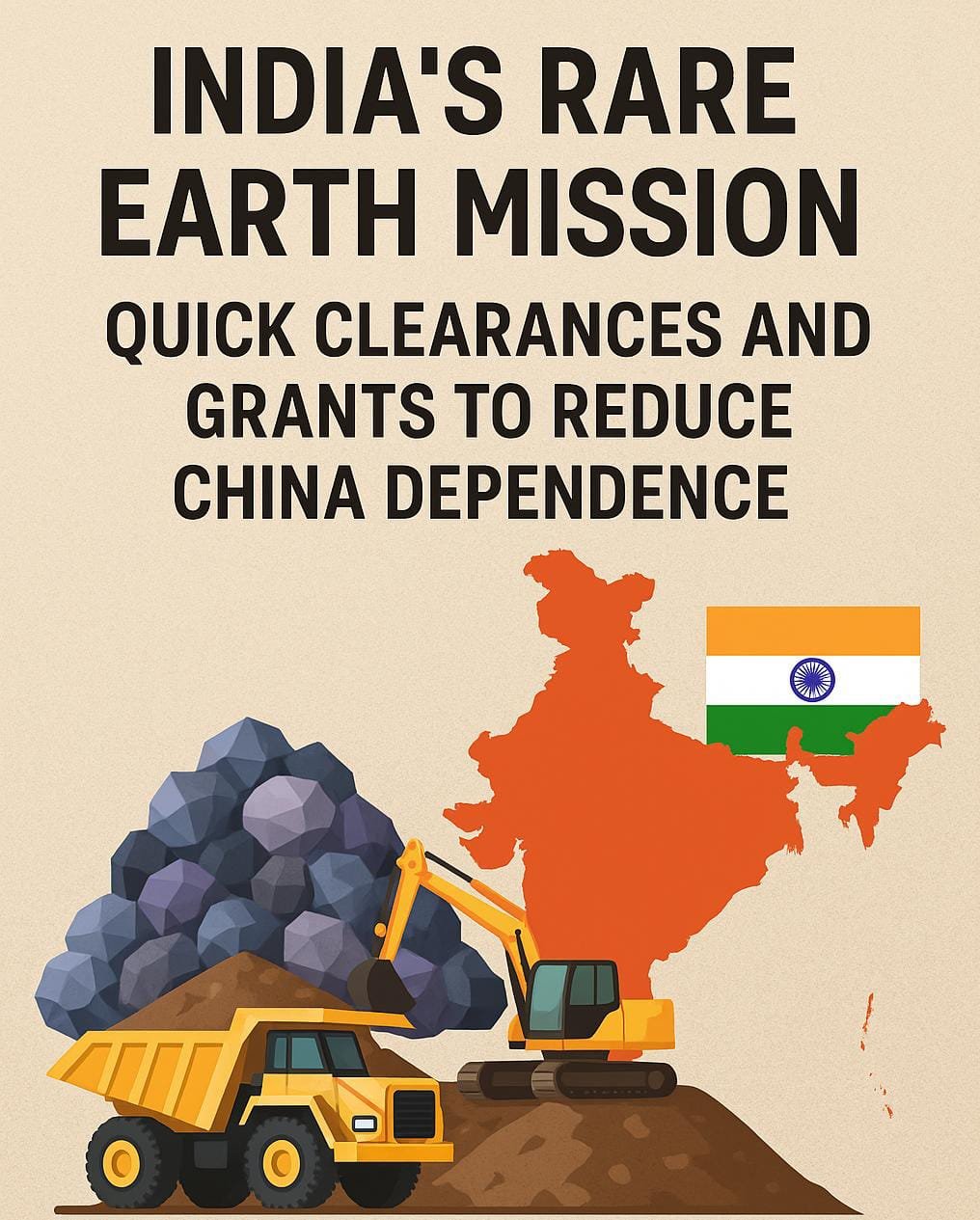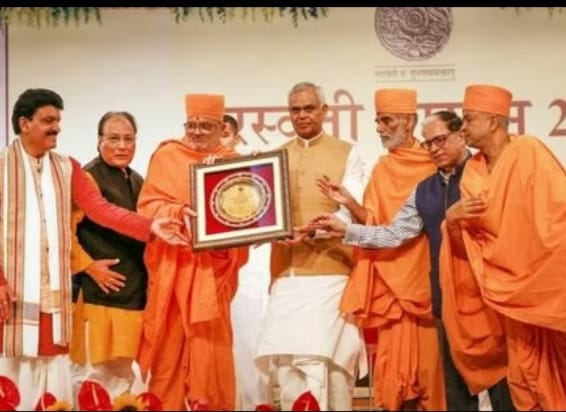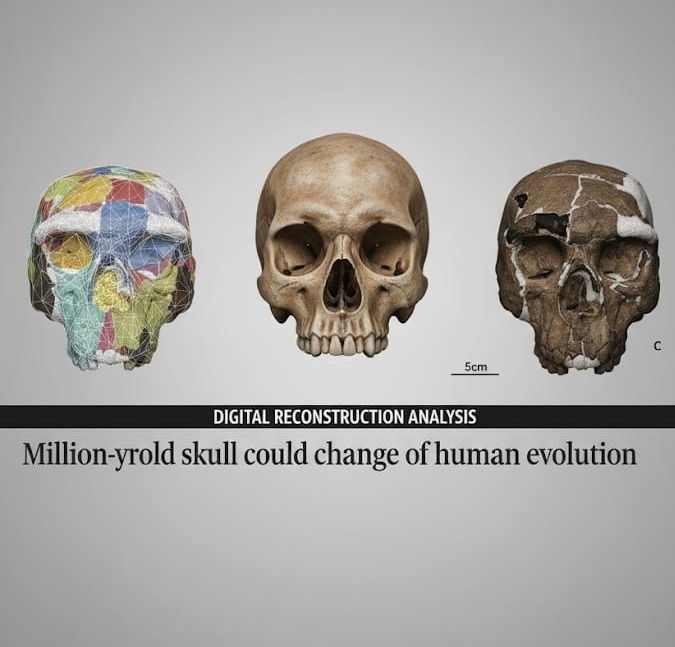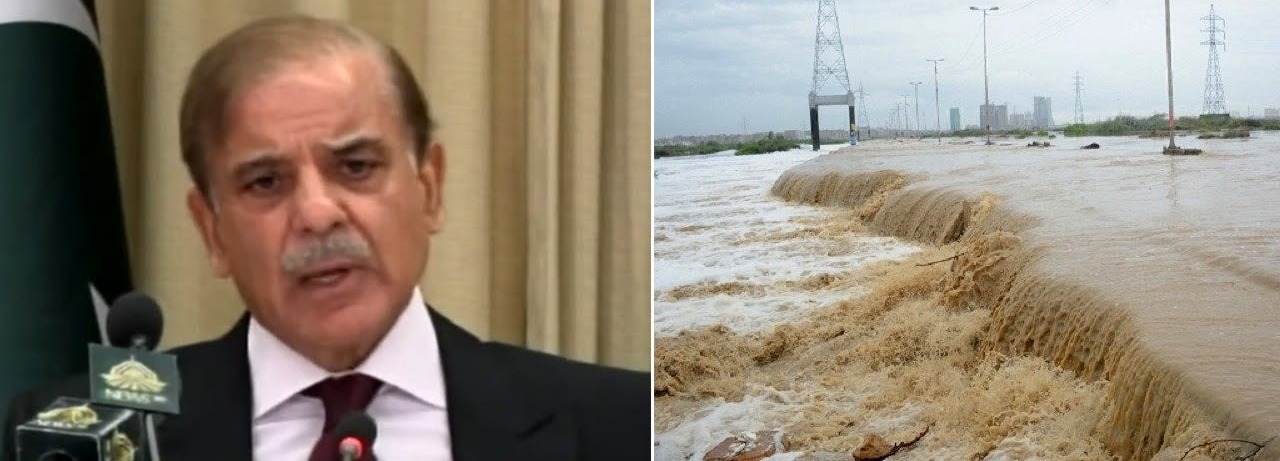
The magnets in your mobile phone, the motor in an electric scooter, or the wind turbine that generates clean energy all rely on something most people have never heard of — rare earth elements. These minerals are not actually rare in the Earth’s crust, but they are very hard to extract and refine. Still, they are critical to modern life and new technology.
India is now taking big steps to become less dependent on other countries, especially China, for these minerals. The government has launched a plan to boost local mining, refining, and even recycling of rare earth elements. This plan will offer fast clearances, government money, and support to companies that want to work in this important field.
Why Rare Earths Matter So Much
Rare earth elements, or REEs, are used in products like smartphones, electric vehicles, wind turbines, computer chips, and even fighter jets. Without them, most modern electronics would stop working.
Today, China controls most of the world’s rare earth supply. But in April 2025, China restricted its exports. This means it can decide how much rare earth it sells and to whom. That has made countries like India worried. India imported 2,270 tonnes of rare earths in the last financial year, which was almost 17 percent more than the year before. This shows how much India still depends on imports.
India’s Plan to Fix the Problem
To reduce this dependence, the Indian government has created a fast-track system. This will help companies get approval to start mining and refining projects without delays. The goal is for India to handle at least 10 percent of the global rare earth processing in the next few years.
The government is also offering something called Viability Gap Funding, or VGF. This is money given to companies to support important projects that may not make enough profit in the beginning. The central government will pay 20 percent of the project cost. State governments will also pay 20 percent. So, companies will get up to 40 percent of the total cost as support. This is a big help, especially for small and medium-sized firms.
Which Companies May Benefit
Many public and private sector companies are being considered for these rare earth projects. These include NMDC, Coal India, Gujarat Mineral Development Corporation, Hindustan Zinc, Vedanta, and MOIL. These companies already work in mining and minerals, so they are well prepared to take on this new challenge. Some of them may receive grants and quick permissions to start work.
Why There Is Urgency
The situation became more serious when China restricted the export of rare earth elements. These minerals are not just for mobile phones. They are also important for defense equipment, electric cars, satellites, and many other high-tech products. A shortage can hurt India’s industries and even national security.
Although the Indian government had already approved a National Critical Mineral Mission in January 2025, the latest actions from China have made it clear that India needs to move faster than planned.
Recycling Old Devices for Rare Earths
Apart from mining, India is also planning to recycle rare earths from used electronics. The Ministry of Mines is preparing a scheme to support this idea. The plan includes a ₹1,500 crore budget to promote recycling of rare earth elements from old phones, laptops, and other electronic waste.
This move is not just about saving money. It also helps the environment. Recycling reduces the need to dig new mines and cuts down on pollution. The plan is expected to get Union Cabinet approval soon.
What This Means for the Future
The rare earth mission is important for many reasons. It helps India become more self-reliant. It creates new job opportunities in mining and technology. It makes India stronger in the face of global supply problems.
Most of all, it ensures that India can continue to grow in areas like clean energy, electric vehicles, defense, and electronics without having to wait for minerals from another country.
Insightful Take
India’s rare earth mission is not just about minerals. It is about taking control of our future. By offering grants, speeding up permissions, and encouraging recycling, the government is showing that it is serious about making India a strong and independent player in the global technology race.
These efforts may not make daily headlines like oil prices or gold rates, but they matter just as much. Rare earths are the silent force behind almost every device we use today. And with the right planning, India can become a global supplier instead of a dependent importer.



.jpeg)


.jpeg)




.jpeg)

.jpeg)


.jpeg)


.jpeg)

.jpeg)